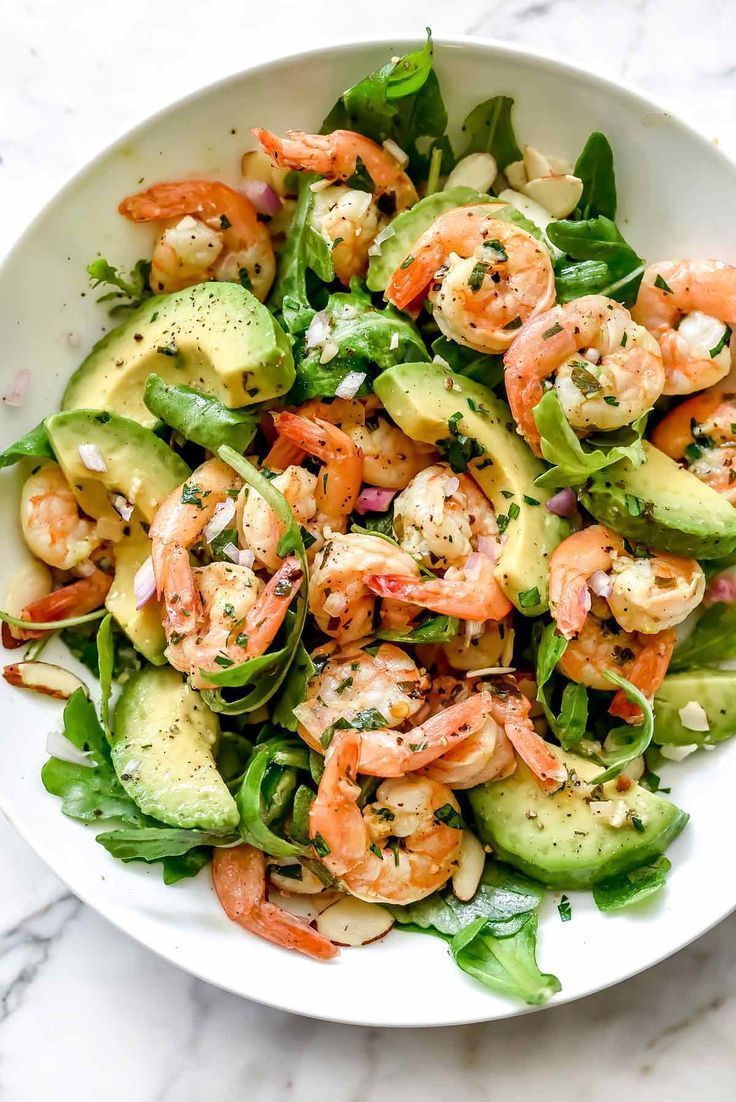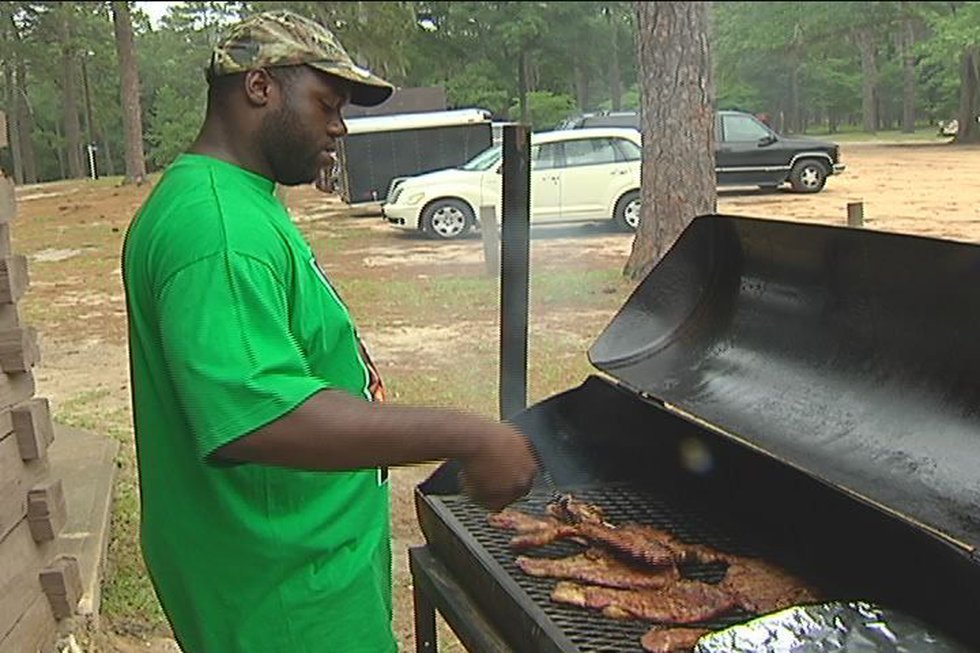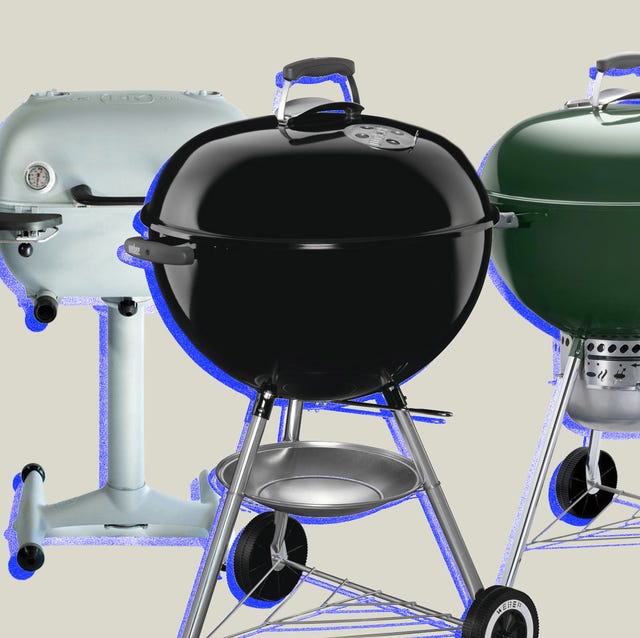
The Mayans or Etruscans have the first written history of the grill. In the late eighteenth and early nineteen hundred, they were wildly popular and had become a commonplace by the mid-seventies. During the 1970s, a grill was made of gold and made popular by Black New Yorkers, who were the perpetual progenitors of style and invented hip-hop around the same time. What was the original purpose behind a grill?
The barbecue grill wasn't invented until the late 1940s. America was flooded with backyard grills after the war. The mass-produced grills were known for burning meat and producing a lot of ash. George Stephen, Sr., an electrician, designed a grill for home use in 1952. He modified an old, metal buoy and added holes for heat distribution. The result was the world's first charcoal-powered barbecue grill.

Native Americans were the pioneers of barbecuing, but Europeans took it from them. Barbecuing evolved along with the railways as they reached the towns. Immigrants originating from Eastern and Central Europe brought with them their own cooking and smoking traditions. Different varieties were developed in the early 20th Century. You can even trace the Mayas as the original inventors of the modern barbecue grill.
In addition to the popularity of grills, they became a symbol of wealth and social status. While modern celebrities can afford to hide their money, the rich felt the need to wear it on their teeth. Archaeologists were proud to see the Ecuadorian "1%ers", who were wearing grills and claiming that their teeth have gold fillings. It is still an emblem of wealth and power, regardless of whether the grill is a relic from the ancient world.
In the late nineteenth-century, charcoal briquettes were created. This led to a major revolution in the charcoal industry. Before the establishment of the charcoal industry, most barbecuing had been done using wood. Henry Ford was the first person in mass production of charcoal briquettes. Even today, the grill continues to be a symbol of style and power. The grill has come a long way, so it is not surprising.

Even though it is still popular today there are many other examples of grill evolution. The Arawak people in South America made the first grills. The colonial era was the first time that the grill was used. The Arawaks used a wooden structure called Baracoa, to grill meat. The coal industry made grills very popular. It wasn't until the 1940s, though, that the modern-day usage of the grill was widespread.
FAQ
What are the benefits of using a slow cooker?
Slow Cookers are very useful because they allow you to prepare delicious meals without wasting time. Slow Cooker Recipes are often healthier than traditional recipes because they require less oil and fat. In addition, slow cooker recipes are convenient because they take care of themselves while you sleep.
Which is the best way for you to learn how to cook?
Cooking should be something everyone can do. You'll miss out on delicious meals if your skills are not up to par. The first thing you need to do when learning to cook is to find a recipe that you like and follow it closely. The next step is to practice making small modifications to the recipe until it becomes second nature. Try cooking for others. This will allow you to improve your cooking skills and test your abilities.
What should a beginner cook start with?
For beginners, it is best to begin with something simple like pasta, rice or soup. You can learn how to cook by looking at a cookbook or watching a YouTube video. Cooking with others is more enjoyable. Cooking together is fun with family members or friends.
Statistics
- On average, chefs earn $58,740 a year, according to the BLS. - learnhowtobecome.org
- According to the BLS, chefs earn $58,740 a year. (learnhowtobecome.org)
- The median pay for a chef or head cook is $53,380 per year or $25.66/hour, according to the U.S. Bureau of Labor Statistics (BLS). (learnhowtobecome.org)
External Links
How To
How to make a perfect eggroll
Omelets are my favorite breakfast dish. But how do you make them perfectly? Many different recipes and methods have failed to work for me. So I am sharing some tips and tricks today to help you make fluffy, delicious omelets every morning.
It is important to know that eggs can be temperamental when making omelets. The eggs must be fresh from an organic source and kept at room temperature until they are ready to be cooked. The yolks and whites will not form properly if they aren't kept cold enough. This makes your omelets look weirdly colored. If you're going to cook them immediately, it is best if the eggs are still warm.
Another tip is to separate the egg before adding it to the pan. You don't want the white to get mixed with the yolk, as this could cause the egg to curdle.
You might burn the bottom of the egg if you place the egg directly on the stovetop. This could ruin the texture of your omelet. Instead, microwave the egg for 10 seconds before adding it to the pan. The microwave heat cooks your egg just right, without it becoming too soft.
Next, let's talk about mixing the eggs. When you mix eggs together, you want to beat them well. You need to turn the bowl of the mixer upside down. Next, shake the bowl vigorously. By doing this, the egg is thoroughly mixed with the air in the bowl.
Now comes the fun part: adding the milk to your mixture. First, pour half of the milk into the beaten eggs and then fold the eggs gently into the remaining milk. Don't worry if there are still streaks of egg visible; these streaks will disappear once you flip the omelet.
After folding the eggs, place the pan on medium heat and wait for the oil to start sizzling. Add 1/4 cup butter to the oil and swirl it around to coat all sides of the pan. Carefully open the pan's lid and add salt to the pan. Salt will prevent the omelet sticking to the pan.
Cover the pan once you have formed the omelet. Wait for the top to set. Flip the omelet over using a spatula or flip the pan upside down. Cook the opposite side for another minute. Remove the omelet from the pan and serve immediately.
This recipe is best made with whole milk. However, it can also be used with skimmed milk.